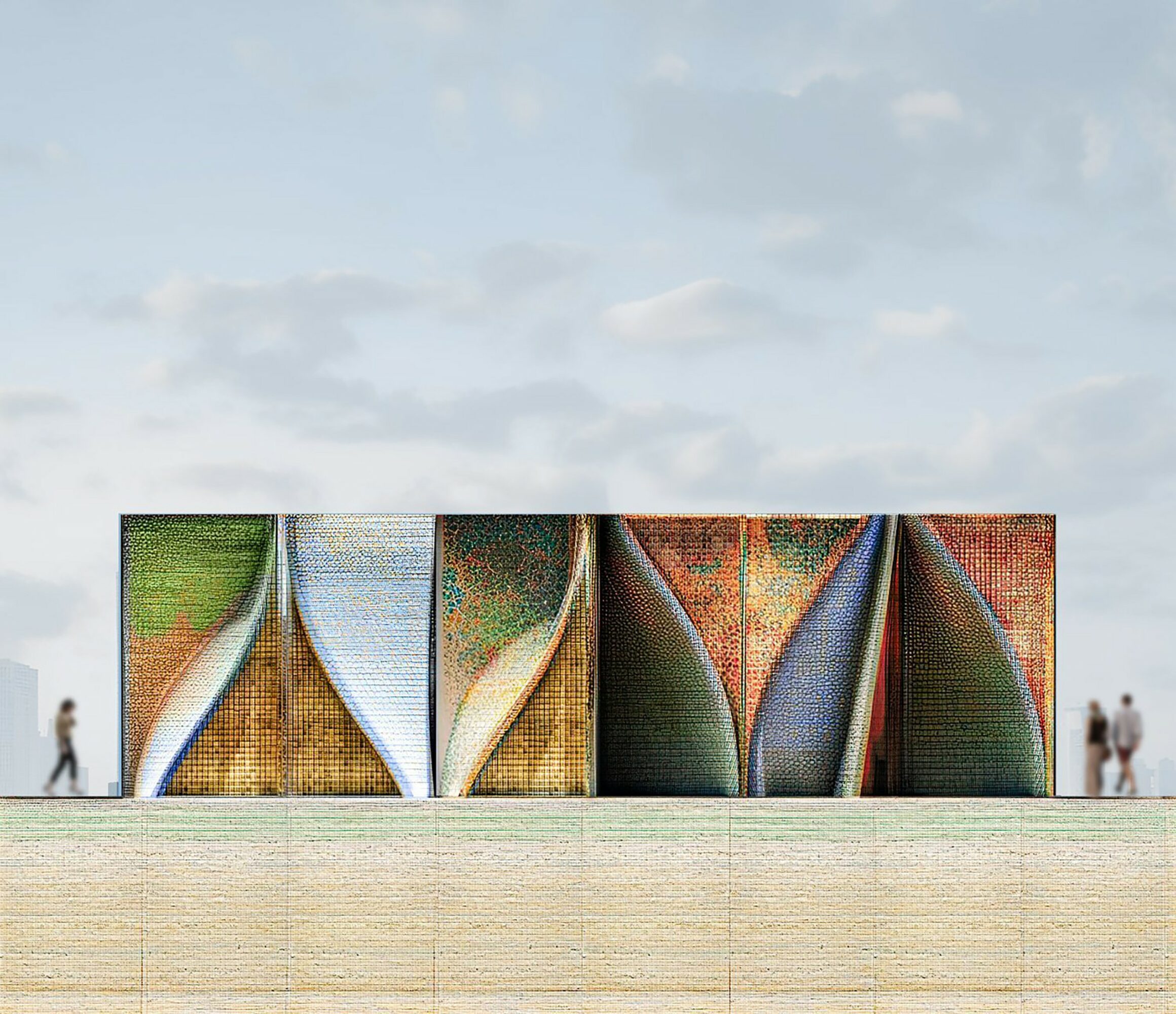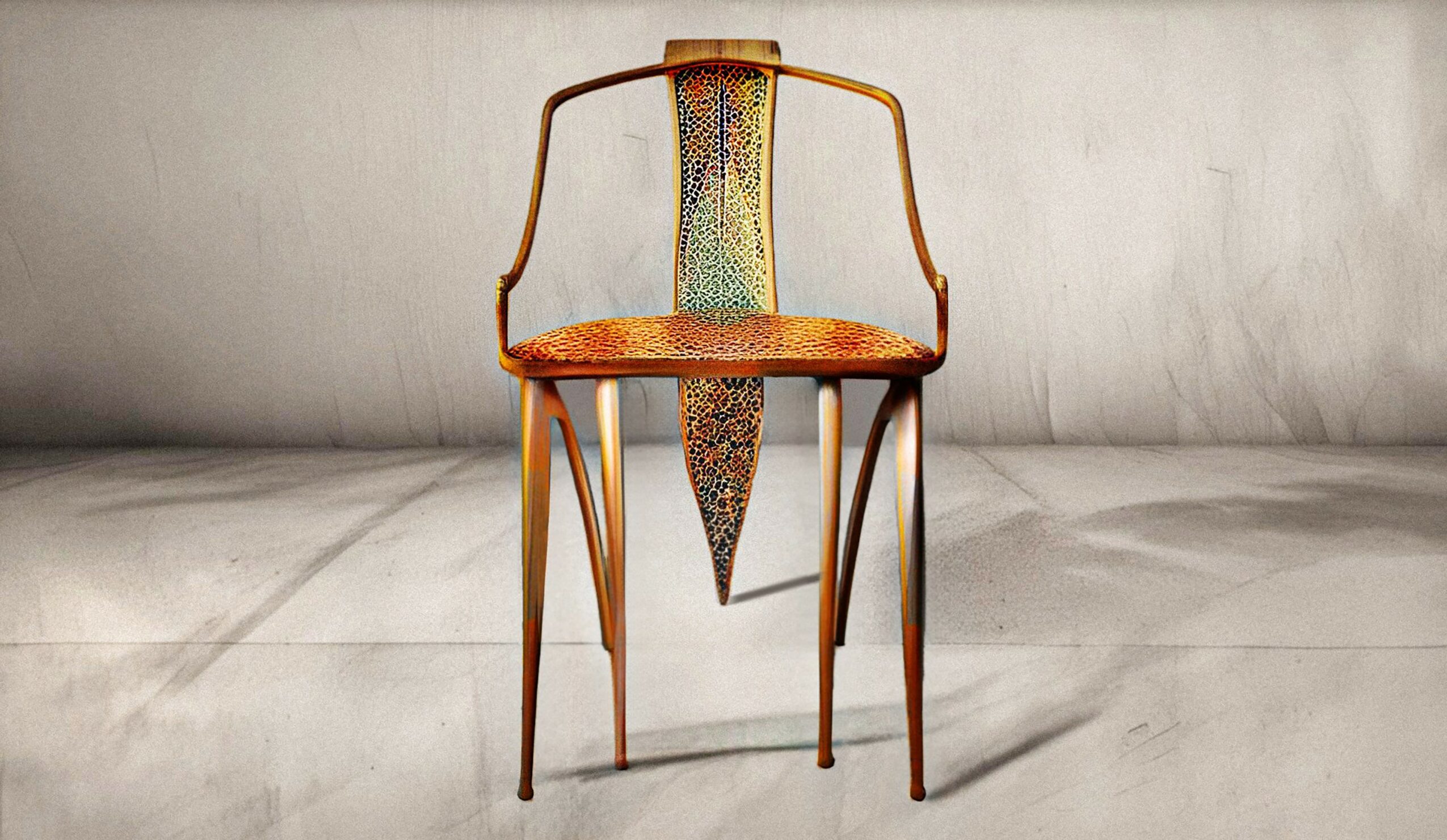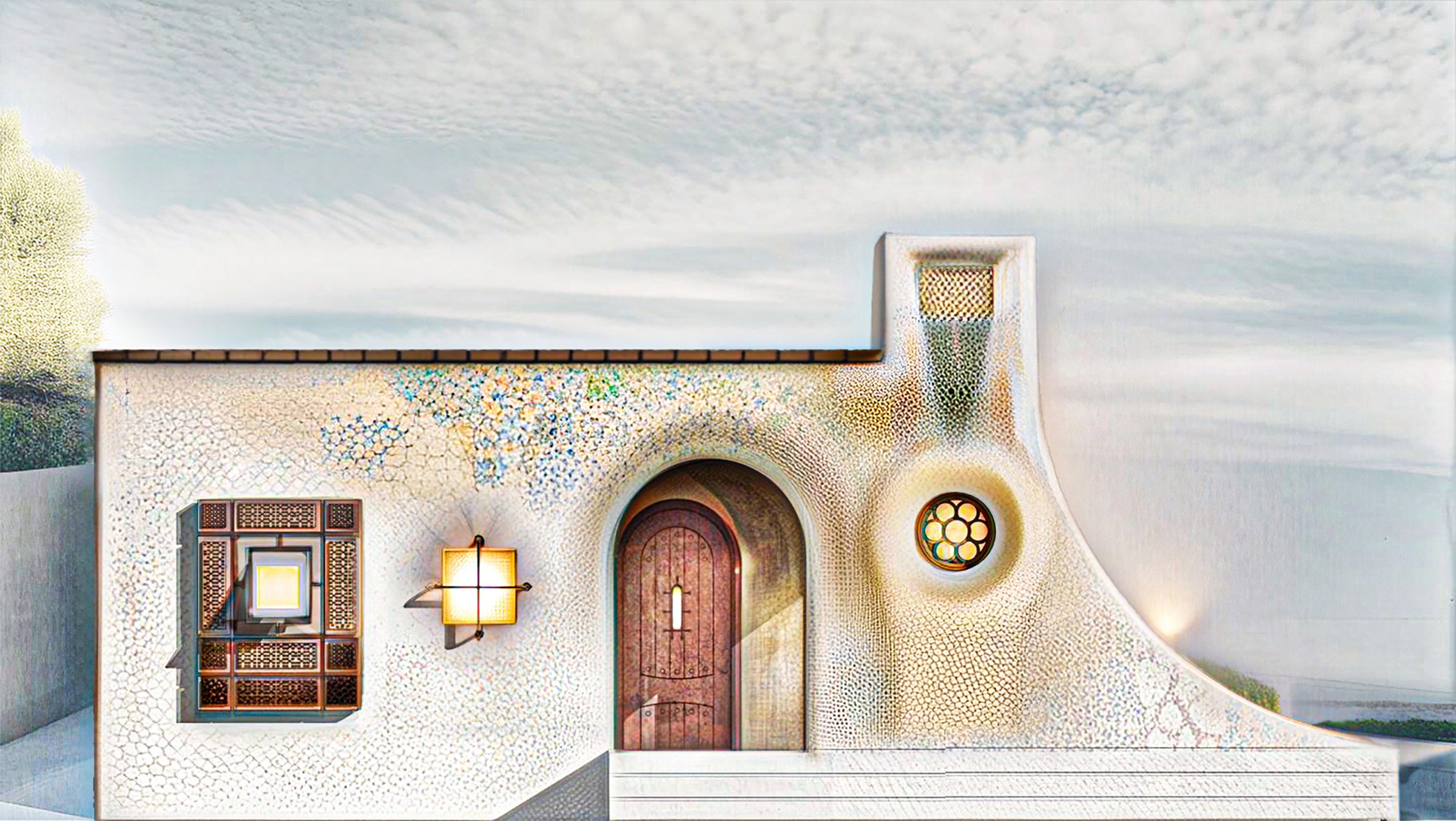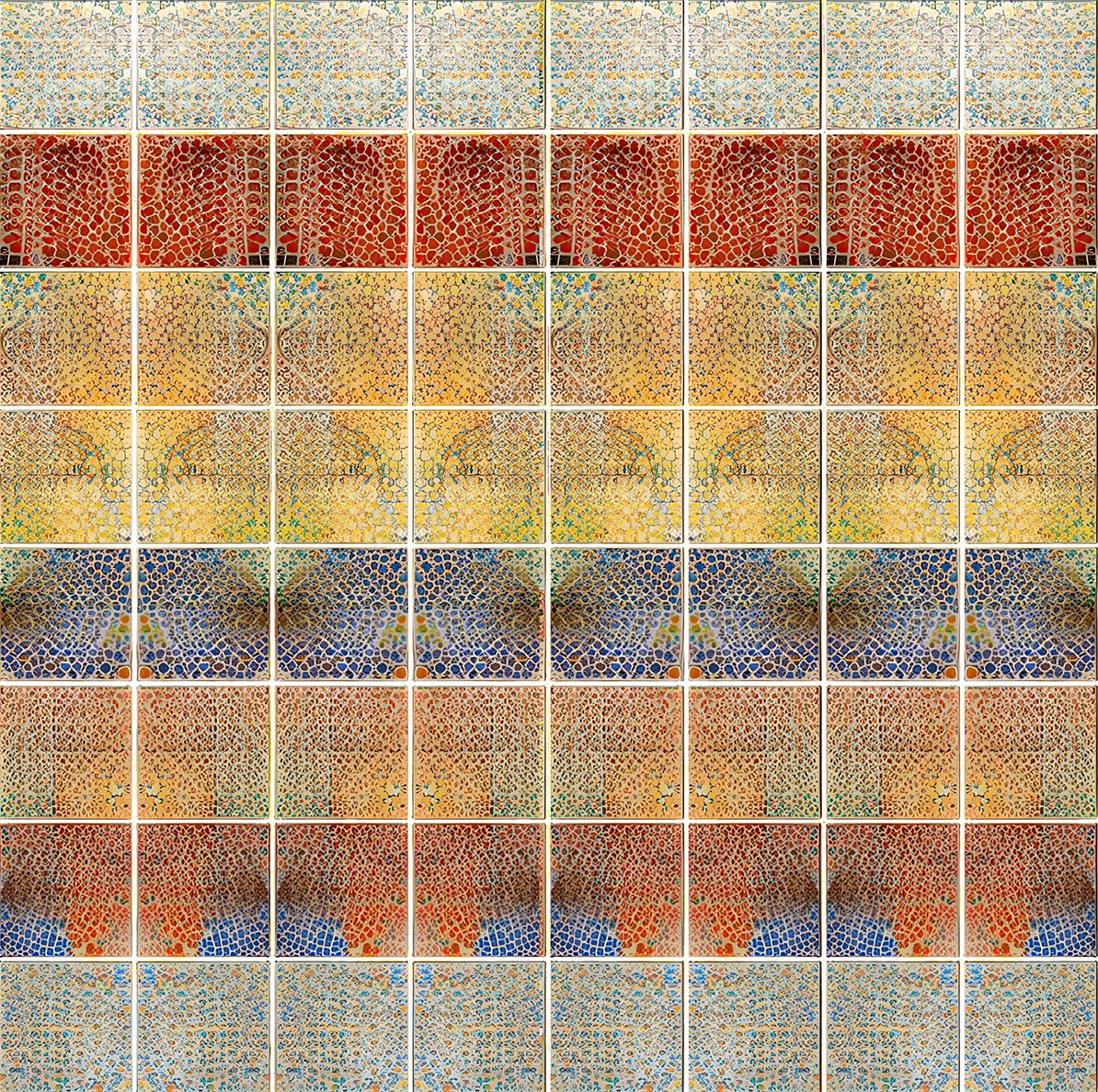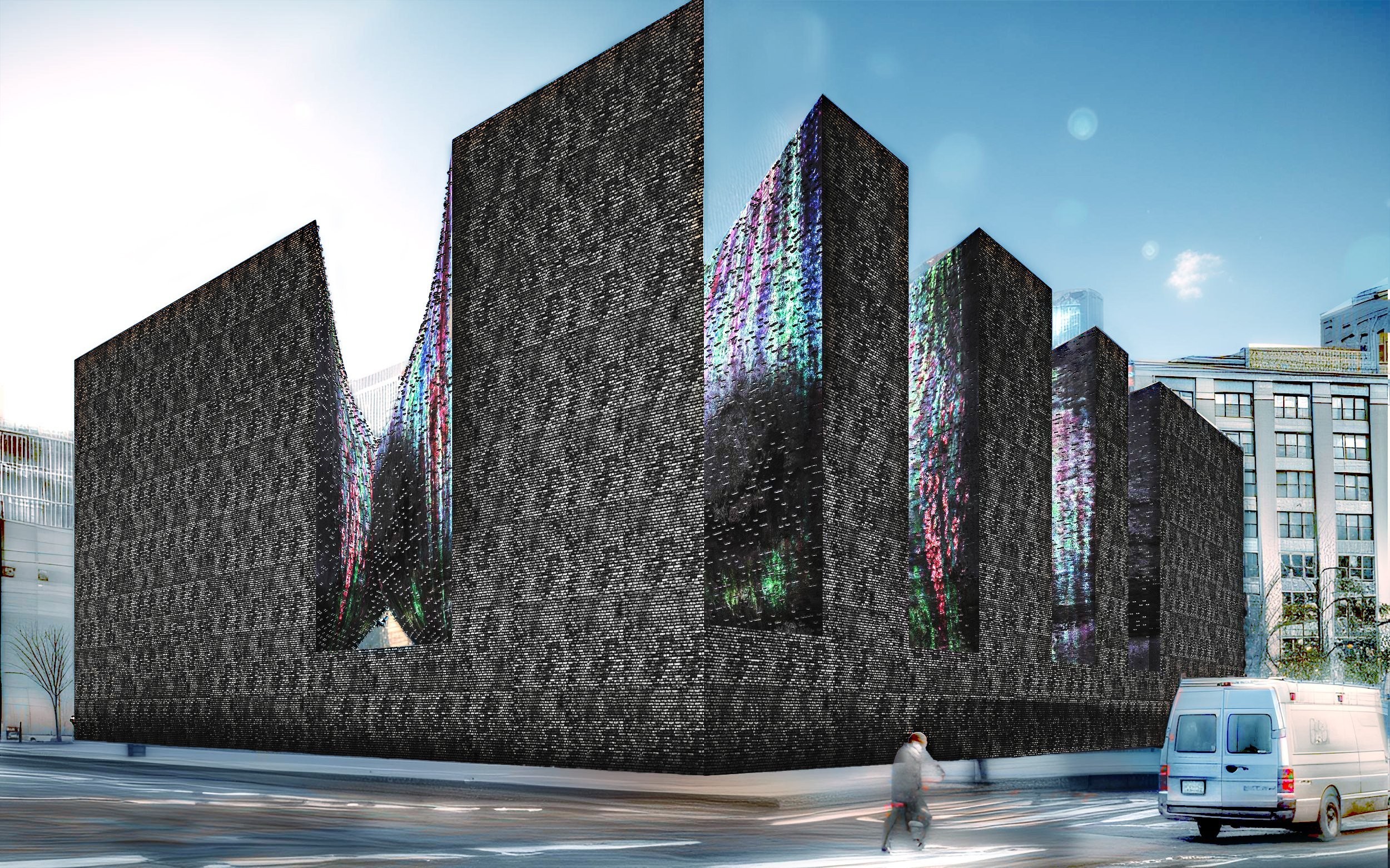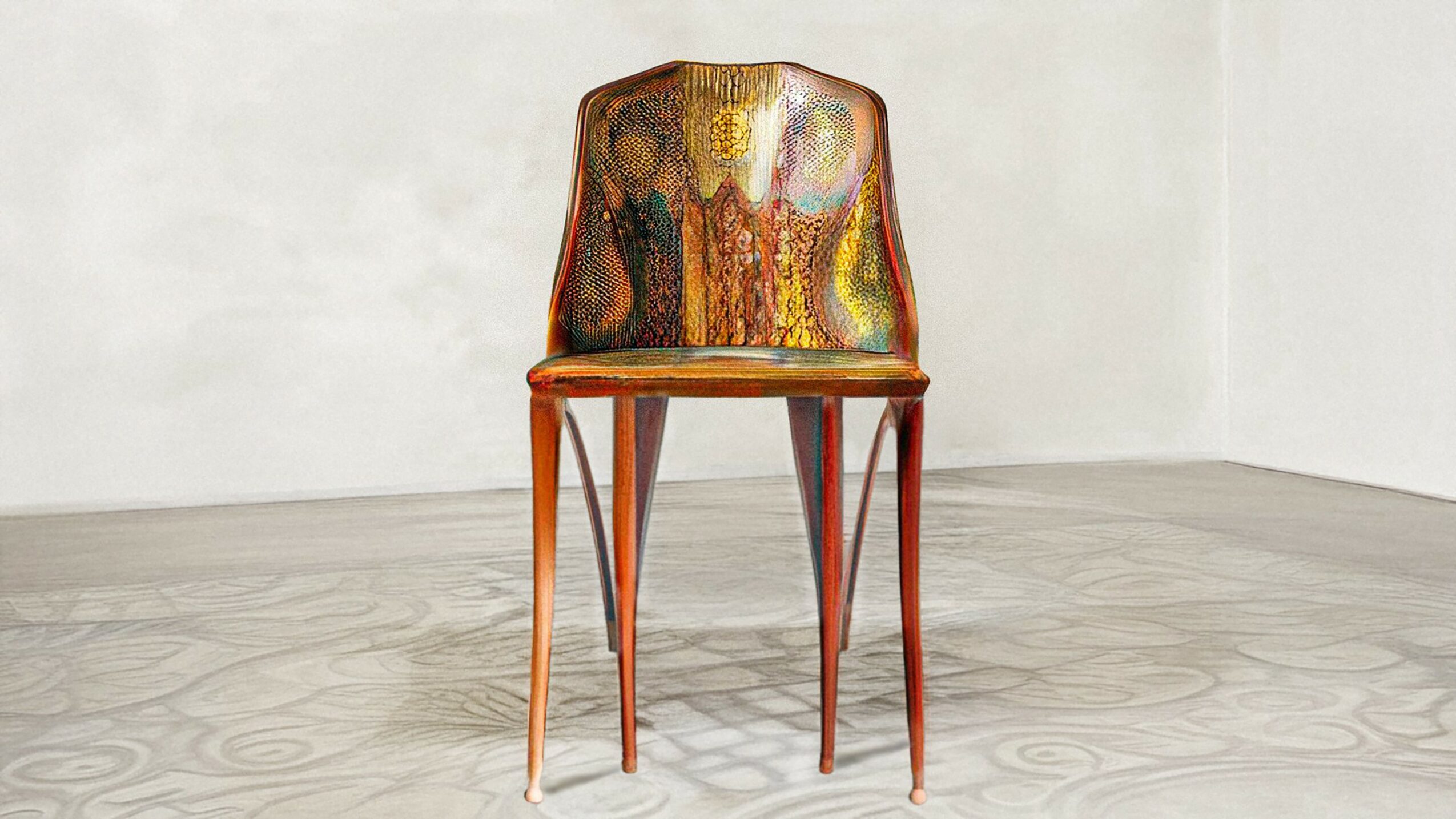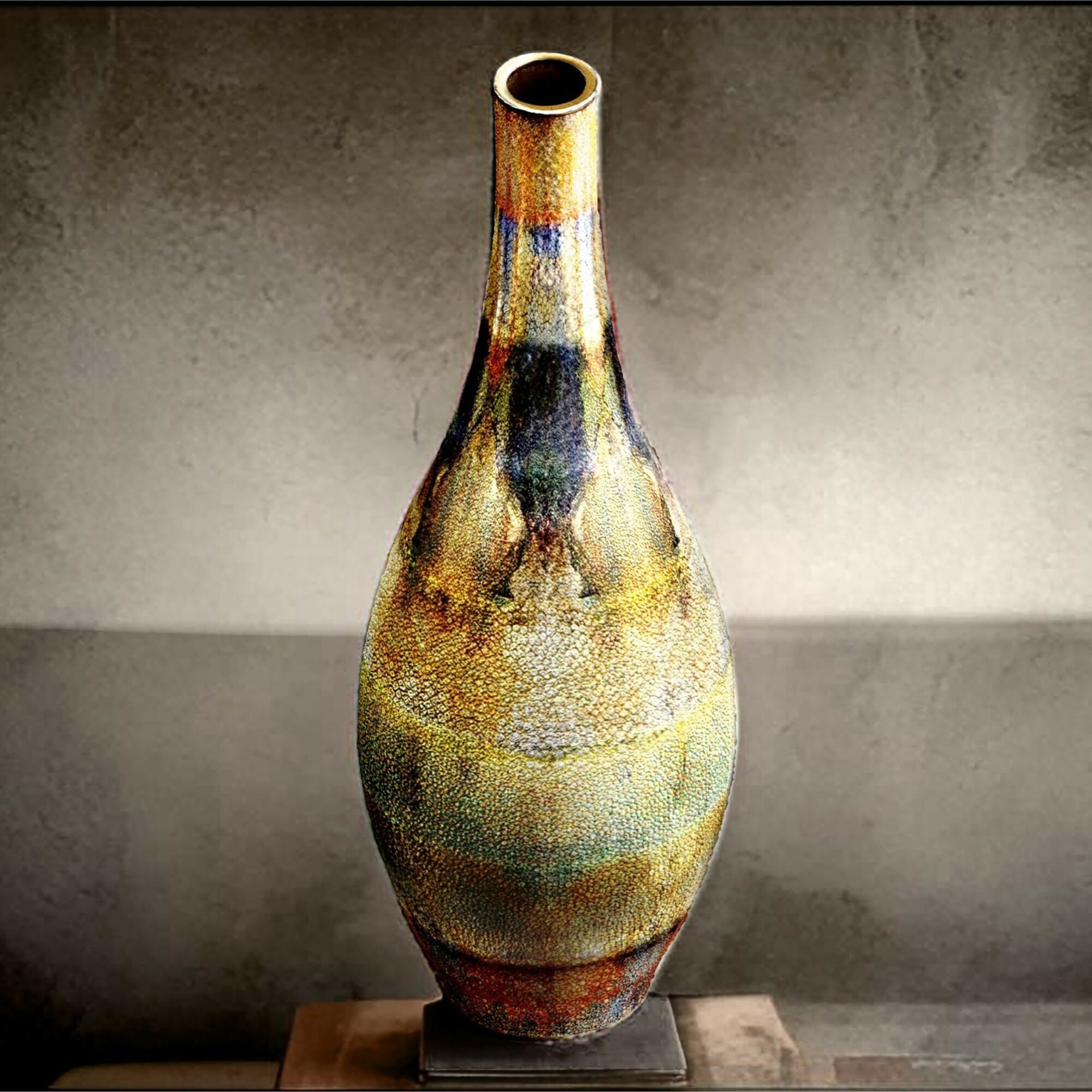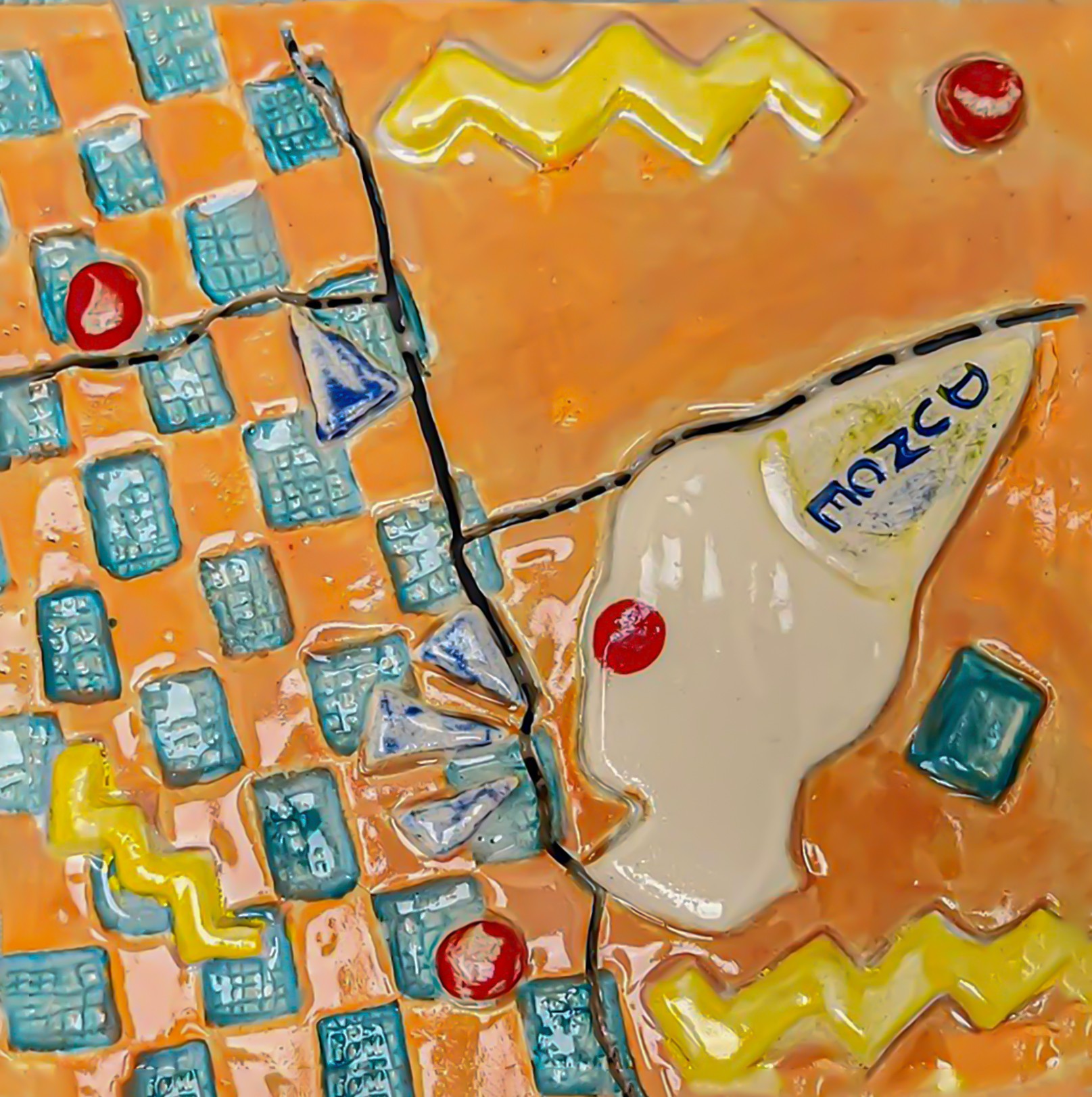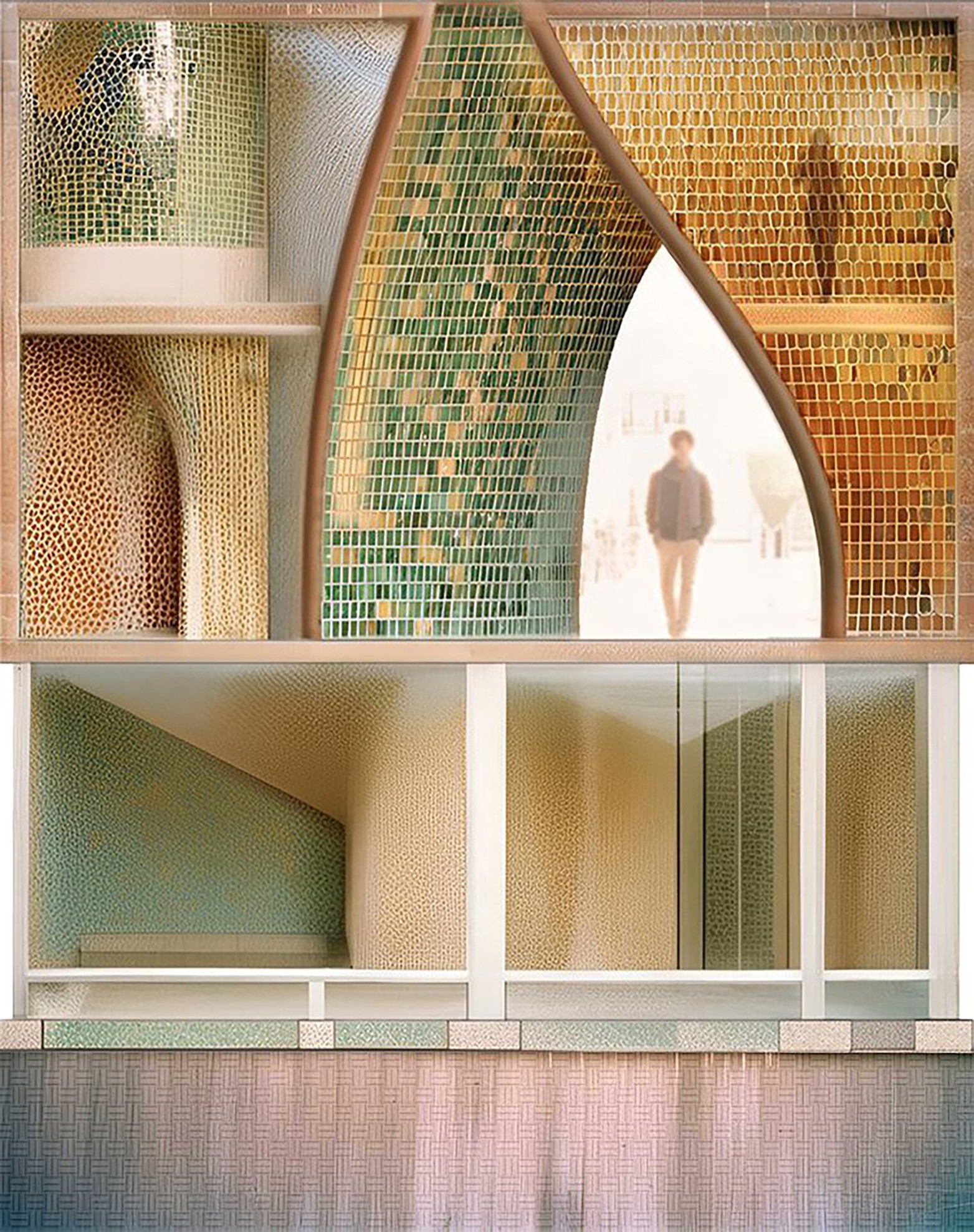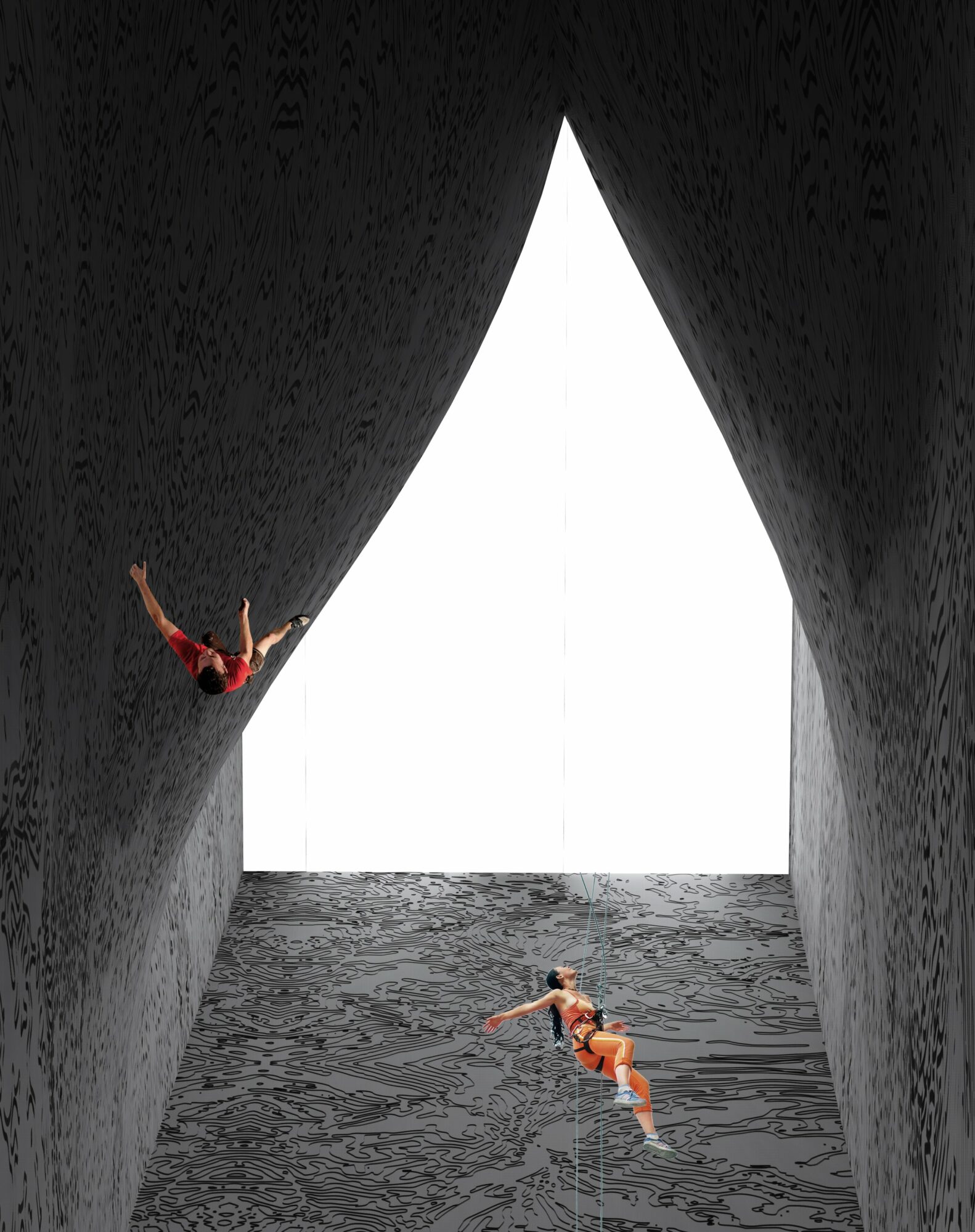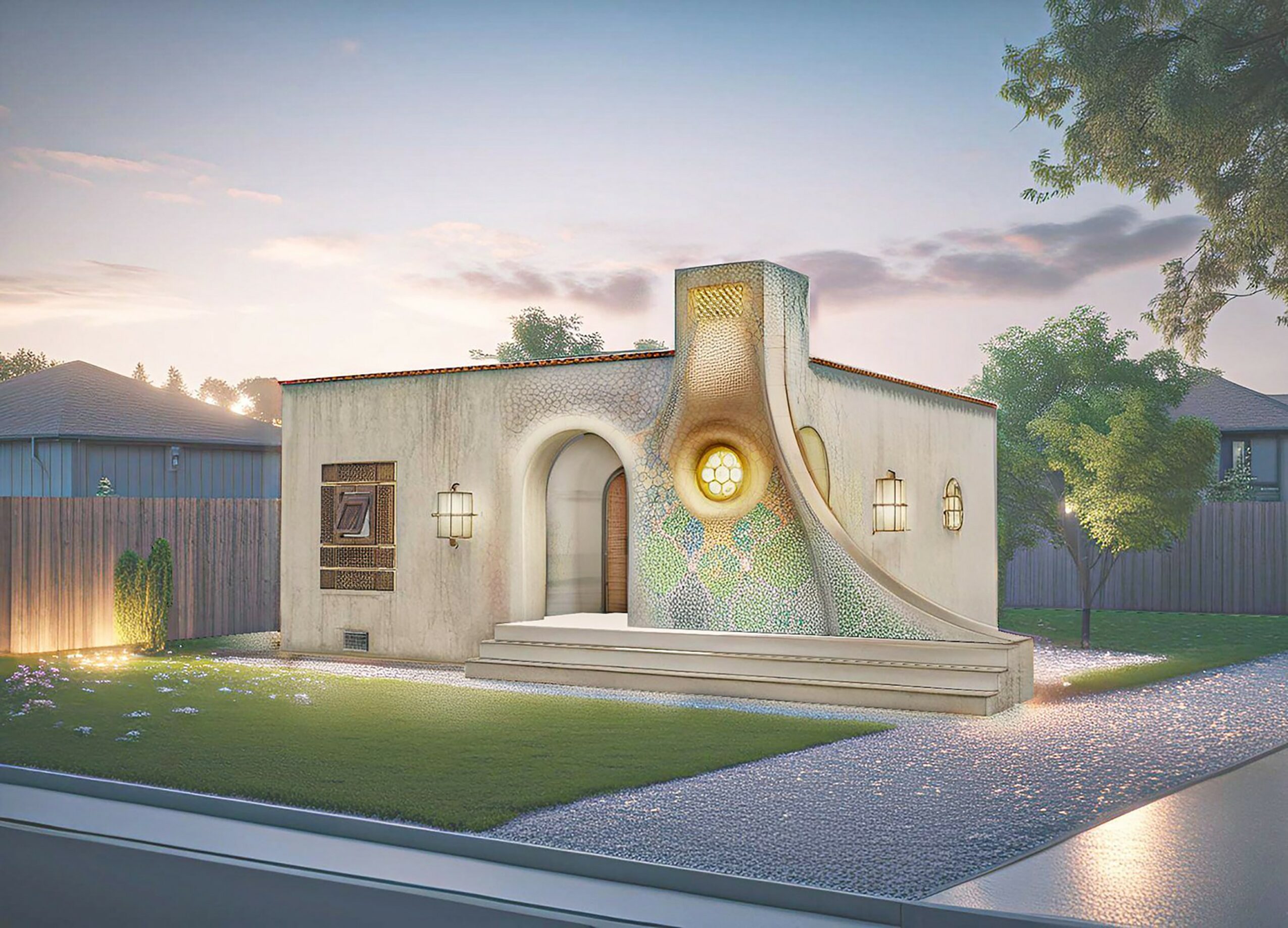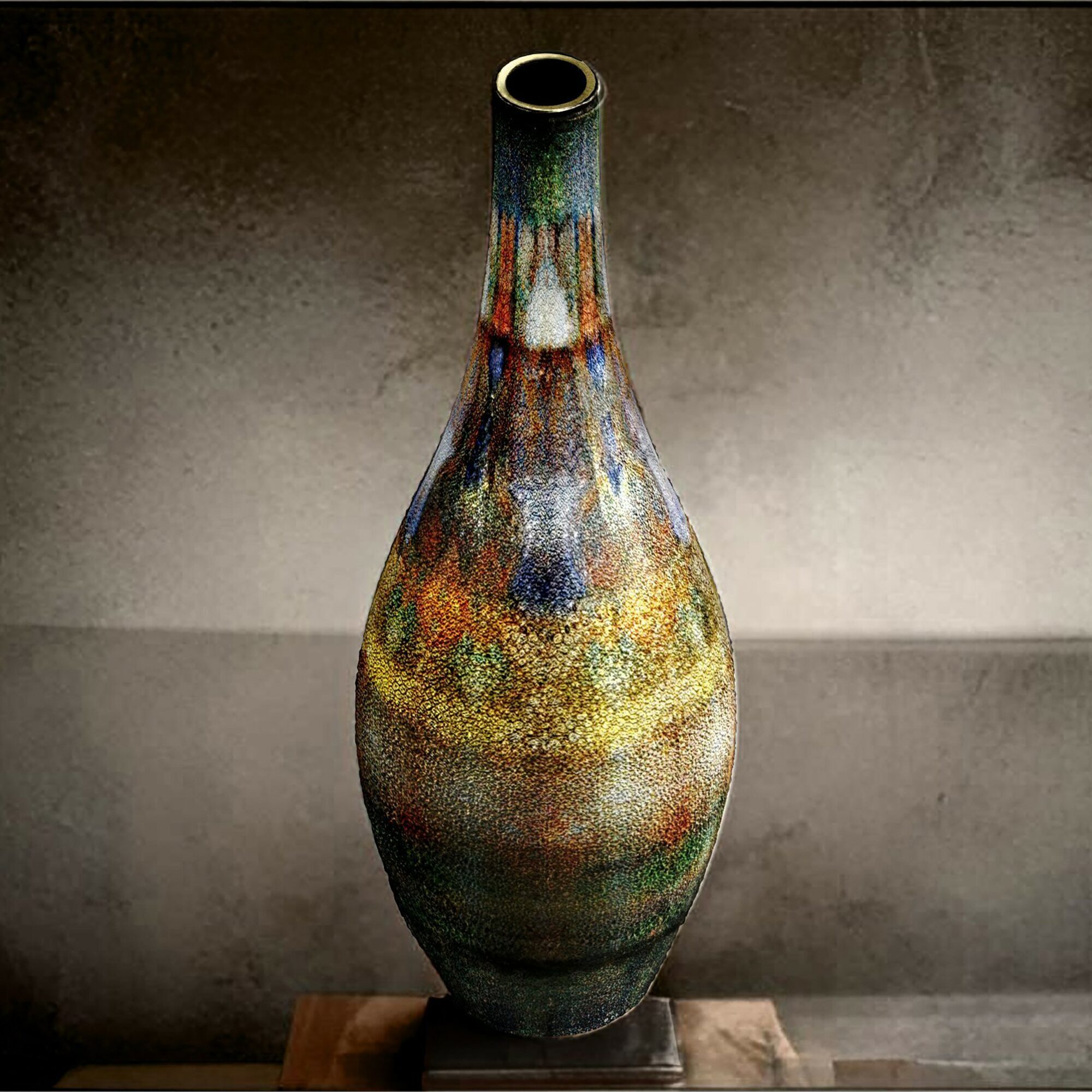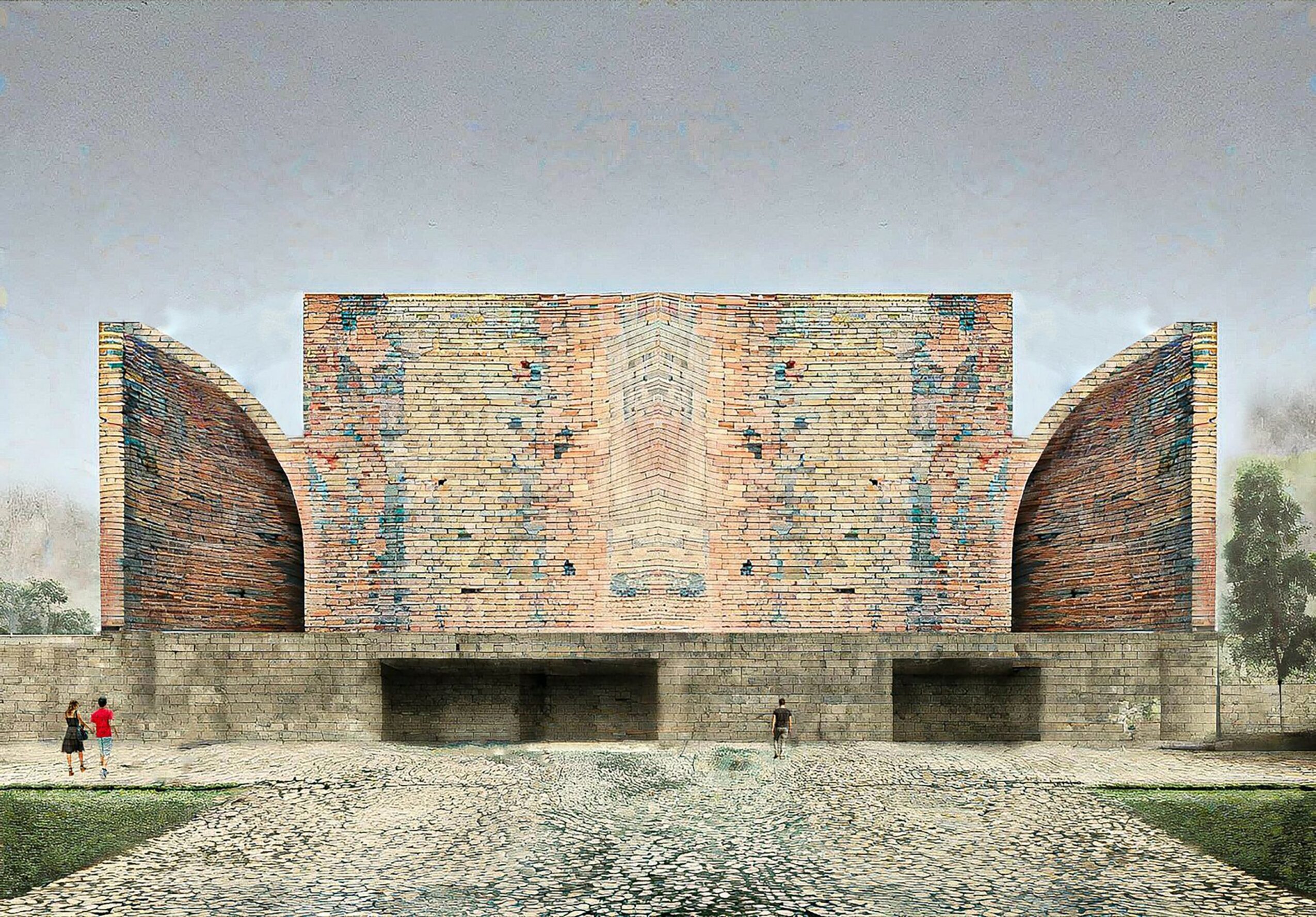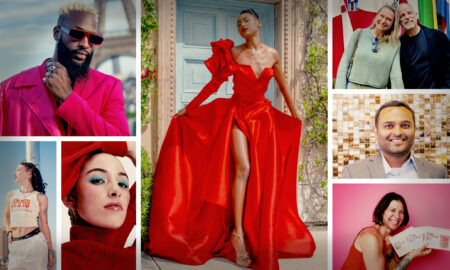

Today we’d like to introduce you to Josh Schultz
Hi Josh, we’d love for you to start by introducing yourself.
My journey began in the vibrant city of Philadelphia, Pennsylvania, where I earned my Master of Science in Architecture & Design Research from Thomas Jefferson University in 2015. It was here that I immersed myself in the principles of sustainability, culminating in a thesis focused on Whole-Building Life-Cycle Assessment tailored specifically to the architecture industry. This deep dive into the environmental impacts of buildings became the foundation of my future work, where innovation met ecological design—a blend that would continue to shape my approach to architecture.
A few months later, I embarked on a new academic pursuit, enrolling in the Master of Architecture (M.Arch) program at the University of Pennsylvania, a National Architectural Accrediting Board (NAAB) Accredited Program. That period was an exhilarating whirlwind of knowledge, mentorship, and opportunities. I was honored to receive several prestigious accolades, including the Stuart Weitzman School of Design Scholarship, the Van Alen Traveling Fellowship, and the Albert F. Schenck-Henry Gillette Woodman Scholarship, which only fueled my passion for design and research further.
One of the most pivotal experiences came in 2017, during my time living in Berlin. As part of the Van Alen Traveling Fellowship, I conducted research on historical city planning across Europe, specifically focusing on how Rome’s evolution from the Renaissance to the Baroque under Pope Sixtus V influenced urban planning across Europe—from Cerdà’s Barcelona to Haussmann’s Paris. This deep dive into European cities provided invaluable insights into what modern urban landscapes, including those in the United States., can learn from these transformative models. Simultaneously, I interned at an architecture firm in Alexanderplatz, where I had the chance to apply these lessons in a practical setting.
While in Berlin, I also expanded on my thesis work from Thomas Jefferson University, resulting in a publication in July 2017. This project, which has garnered increasing recognition year after year, has been cited by international journals and honored by leading institutions such as the American Chemistry Council, as well as Harvard & Smithsonian. It was a defining moment in my career—solidifying my belief that architecture can coexist with ecological design.
Upon completing my second master’s degree in 2018, I began my professional journey in New York’s bustling Financial District. Over time, I made my way to the West Coast, settling first in West Los Angeles and eventually in Pasadena, where I currently live and work. Along the way, I earned my architect’s license and continually refined my skills, fully immersing myself in every aspect of the industry. This process of learning and growth is continuous; there will always be new knowledge to gain, techniques to adapt, and perspectives to explore throughout my life and career. In the last year, the idea of branching out into freelance work became increasingly appealing, and that’s when The Bauhaus was born—a passion project that represents the culmination of years of learning, experience, and creative ambition.
Would you say it’s been a smooth road, and if not what are some of the biggest challenges you’ve faced along the way?
I don’t believe any pursuit, at any scale, is worthwhile without its trials, and mine has been no exception. One of the biggest challenges I’m still wrestling with is the constant balancing act between traditional employment and pushing my business projects forward. The Bauhaus exists because of late nights and weekends—anyone who’s ever survived art or architecture school knows exactly what that grind feels like.
Another major struggle is balancing creativity with the realities of running a business and navigating the industry as a whole. It’s easy to get caught up in the artistic side of architecture, but building something sustainable means grappling with the less glamorous aspects—building and zoning compliance, client management, consultant collaboration, budgeting, marketing, and all the other details that design school doesn’t adequately cover. Then, of course, there’s the constant challenge of standing out in a saturated, hyper-competitive field.
But the most daunting thing is the uncertainty. As a business owner—and more specifically, as a designer and creator—you’re constantly questioning if what you’ve spent countless hours on is any good, or if anyone else will find it compelling. The self-doubt is real. Creators are vulnerable, whether we admit it or not, because we’re always putting a piece of ourselves into the work, intentionally or subconsciously.
That being said, I learned early on not to get too attached to any single idea or outcome. Design is a process. There’s always room for improvement, but at some point, you have to accept what you’ve made and appreciate it for what it is. Whether the public embraces it or not, the work is uniquely yours—and that’s what really matters. For me, The Bauhaus is an outlet for creativity and self expression, and that’s what drives me more than anything.
I believe everyone needs an outlet for expression. Without it, what are we really doing? Just following the same tired script—born, work, procreate, die. There has to be more. Personally, I’ve never fit comfortably into the formulaic rhythms of modern life. I get the limitations—I’m a realist—but I refuse to let them dictate my path. If I’m going out, I’m going out swinging.
As you know, we’re big fans of The Bauhaus. For our readers who might not be as familiar what can you tell them about the brand?
The Bauhaus is a tribute to the Bauhaus Movement’s avant-garde, interdisciplinary approach, which revolutionized the relationship between fine art, craftsmanship, and industrial design in the aughts of the early 20th century.
Inspired by the visionary work of pioneers like Marcel Breuer, Kandinsky, Paul Klee, László Moholy-Nagy, and the movement’s founder, Walter Gropius—who conceived the idea of a workshop uniting all the arts during the turmoil of World War I—we aim to carry that concept forward.
At The Bauhaus, we blend architecture with other creative disciplines, such as painting, ceramics, and furniture design. Architecture should be more than functional—it should be expressive, fluid, and open to experimentation. Our studio fosters collaboration across multiple mediums, strongly emphasizing sustainability and local craftsmanship.
While we inevitably draw inspiration from the past, our vision is forward-looking, constantly experimenting with innovative techniques and ideas. The essence of the Bauhaus lies in continuing Gropius’ vision of fostering collaboration between architects, designers, artists, and craftsmen to inspire innovative design approaches, while embracing technological advancements rather than rejecting them.
We adapt Gropius’ concept of The Bauhaus—not to be confused with the Bauhaus style—into a modern context, blending our unique design philosophy with technology and material strategies. It’s important to clarify this distinction: while the Bauhaus style refers to the aesthetic principles of simplicity, geometry, minimalism, clean lines, and industrial materials, our focus is on the Bauhaus philosophy—integrating art, craftsmanship, and technology.
In addition to running the studio, I’ve been developing Dalia, a machine-learning algorithm that provides real-time data on building materials’ environmental and health impacts. This project directly ties into my belief that cutting-edge technology can inform and enhance sustainable design practices within the architecture profession. We also participate in design competitions, with our entry for the 2024 MICROHOME International Design Competition set to be featured in ArchDaily later this year.
Before we let you go, we’ve got to ask if you have any advice for those who are just starting out?
Embrace uncertainty and be open to failure. Everyone wants success, but achieving it means becoming comfortable with failure and, more importantly, learning from it. During my first semester at the University of Pennsylvania, a professor gave me advice after a harsh critique of my studio project: “Be obsessed with your craft.” That has stuck with me. Pouring every ounce of yourself into your work is the only way to grow.
Surround yourself with mentors, colleagues, and classmates you find more talented or interesting than yourself—absorb everything they offer to deepen your craft and broaden your perspective. Beyond honing my craft, I’ve come to deeply appreciate and be grateful for the people who’ve become close friends along the way. My classmates, in particular, were instrumental in helping me navigate architecture school, and I couldn’t have made it through without them.
More than just architecture or art, it’s about subversion—challenging norms and rethinking conventions. Go beyond the semiotics and traditional theories often overemphasized in academic discourse, along with aphorisms like “Less is More.” While foundational, these concepts can distill complex insights into oversimplified truths. Don’t treat the esoteric methodologies taught in school as rigid laws. Take what resonates, and disregard the rest.
I’ll leave you with one of my favorite quotes from Viktor Shklovsky’s 1917 essay Art as Technique:
“The technique of art is to make objects ‘unfamiliar,’ to make forms difficult, to increase the difficulty and length of perception because the process of perception is an aesthetic end in itself and must be prolonged.”
And one last personal piece of advice: Persistence drives progress, but resilience will carry you.
Contact Info:
- Website: https://www.thebauhaus.org
- Instagram: https://www.instagram.com/joshaschultz/
- Other: https://chatgpt.com/g/g-eRicaXZlR-dalia
